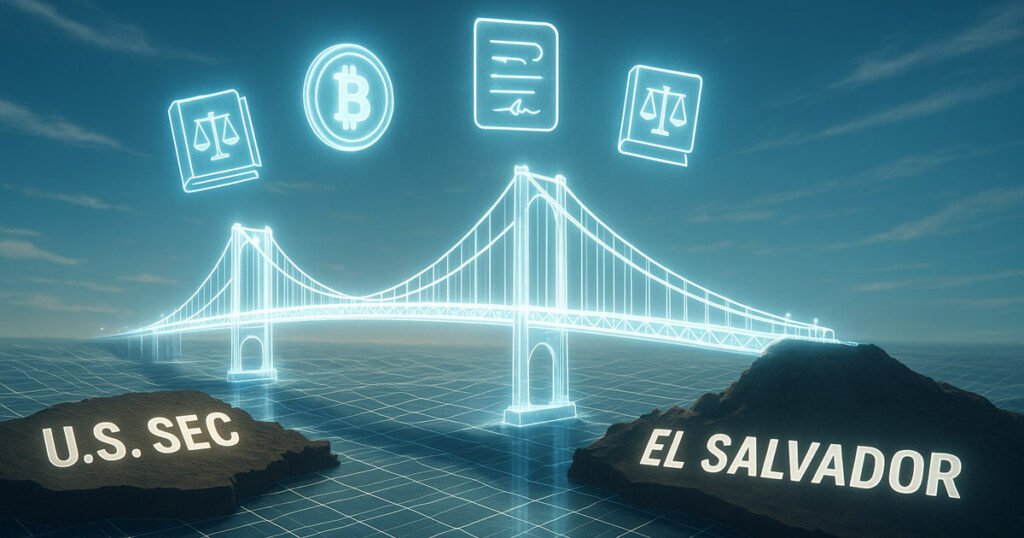The US Securities and Exchange Commission (SEC) is in talks with El Salvador’s National Commission of Digital Assets (CNAD) to explore a cross-border approach to digital asset oversight. The SEC is considering launching a regulatory sandbox that will test tokenization models under real-world conditions. The CNAD has successfully managed various tokenization scenarios, such as debt instruments and fractional property ownership.
The SEC is looking into tokenization pilot programs to gather hands-on data and refine its digital asset regulations. These initiatives aim to lower the barrier to entry for smaller participants, with costs capped at $10,000 per pilot. One pilot involves a US real estate broker acquiring and holding tokenized local property ownership, while the second project explores token-based fundraising for a small business in partnership with a US-licensed broker and the CNAD.
The goal of these pilot programs is to provide the SEC with insights into token issuance, digital asset custody, broker-dealer roles, and offering structures. The agency aims to stress-test proposed policies and observe how they perform in live scenarios across borders. This initiative aligns with the SEC’s focus on fostering innovation while ensuring investor safety, as outlined in Commissioner Peirce’s roadmap.
This cross-border initiative is part of broader shifts in US crypto policy under the Trump administration. The SEC has adopted a more crypto-friendly stance, reviewing outdated regulations and dropping enforcement actions that hindered innovation. The Commission has also conducted crypto policy roundtables to identify gaps in existing regulations, particularly in areas like asset custody and broker oversight.
Market observers see this evolving approach as a sign of willingness to adapt US regulations to the global digital asset market’s realities. Overall, the collaboration between the SEC and the CNAD in exploring digital asset oversight through pilot programs demonstrates a commitment to fostering innovation and investor safety in the rapidly evolving digital asset landscape.


